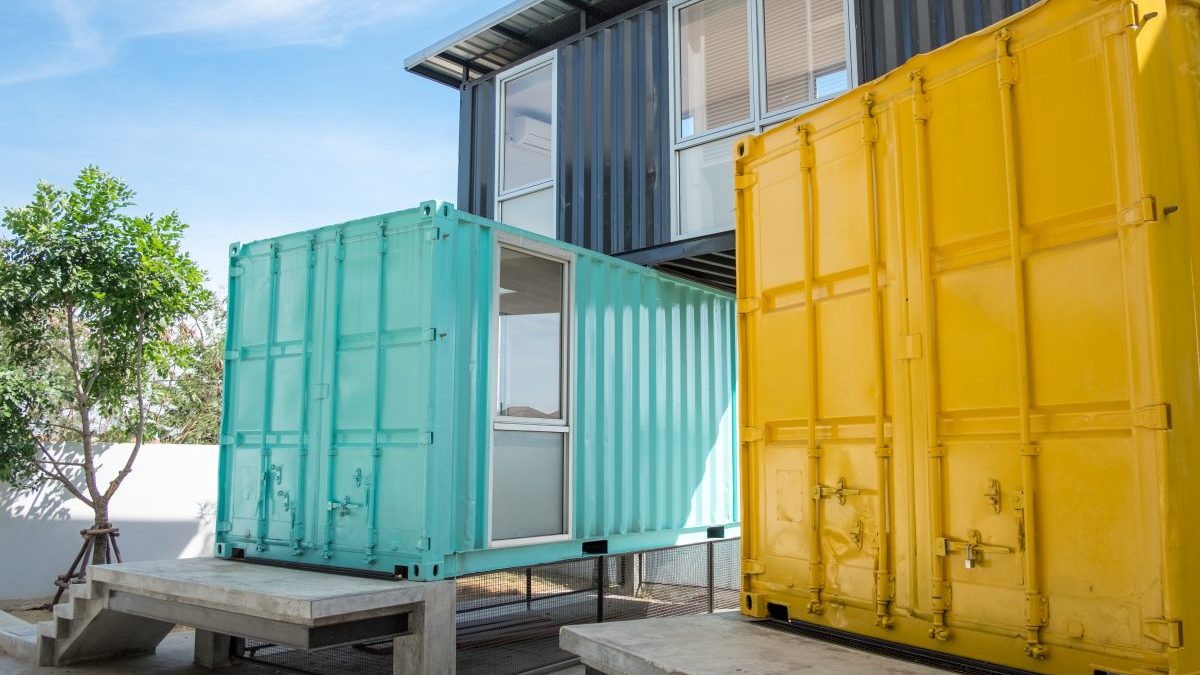You’ve seen them on your favorite home channel. They may have been adorned with with the latest and trendiest home tech gadgets. You may have even seen sketches of one in your local paper. But make no mistake, container homes are not all rainbows and unicorns. Container homes offer a unique way to live, but what all the shows on the fancy home channels don’t tell you about are the possible red tape headaches and the structural concerns among a myriad of other items. While we certainly love a good free standing structure here at REspace, we want to make you aware of the possible hurdles you may have to overcome when you decide to build your dream container home.
The First Thing You Should Know About A Container Home
It should be obvious but we will say it anyway, these things were not designed to be lived in. They are designed to transport cargo miles and miles across the ocean, railways and highways. To that effect the top and side panels need only be minimally durable for the purpose. New openings can often require additional reinforcing be added. The strong portion of the container is the floor and the corners. In their designed use they are stacked op top of each other, mated at the corners, hence the strength. All of this should be considered by the designer when determining how the container will be utilized. A traditional home has strong foundation for many reasons. Careful consideration should be given to the foundation design and the method of anchoring the container home to the foundation.
Local Permits Within St. Louis City and County are Strict
Whether you are going to build within the city or county be prepared. Getting approval from the local zoning office can be difficult. Most cities, especially St. Louis, want to make sure the architectural character of the neighborhoods remain intact. In fact, St. Louis city is building its first container home in Old North City which you can read about here. St. Louis City and County have pretty strict guidelines. So much so that the only other container home exists in St. Charles County (here). In some instances container homes may be viewed as a temporary structure. You will have to keep this in mind when you want to start building and where you build. Some jurisdictions and home owners associations are more particular about where you put the structure and have become less forgiving.
Getting Your Containers
While there is a “Container Store” there is not a SHIPPING container store. Finding the container you want in the size you need may mean that you have search the globe…literally. If you are lucky there is a regional yard near you with some retired containers available. You then have those containers transported to where you want your home to be. Now sometimes you can work with contractors or brokers that can help find the right containers. Be sure to inspect your containers before purchasing. You want containers that don’t look like they were kicked around the globe nor smell of a spilled toxic chemical. You don’t want your container home to be full of dents before you even move in.
Insulating Your Container Home is Not Easy
As you can probably imagine, having a home made of metal is probably not the most efficient way to keep your home heated or cooled. Talk to your designer to make sure you have your home insulated the way you want to and that it is appropriate for the local climate. We recommend rigid foam insulation over spray foam insulation as it’s manufactured in a controlled and stable environment. Spray foam insulation is an option, but be sure to use a qualified installer who guarantees their work. Blanket, batt, and loose fill insulation soak up concealed condensation, causing two problems. First, it can wick the moisture from the container wall to the back of the wall board and promote mold growth. Second, the moisture in the batt insulation acts as a thermal conduit and reduces the installed R-value of the insulation, thereby shrinking the energy efficiency. If you’re just starting out, more information on methods of insulating your container home can be found here.
There are many more items to research if you’re considering a container home. At REspace we want you to be prepared when you do start down the “shipping container home” path. We think container homes are unique and can be part of our habitable landscape. Just beware the hurdles you might encounter before jumping in to a container home or whatever the next trend might be.


